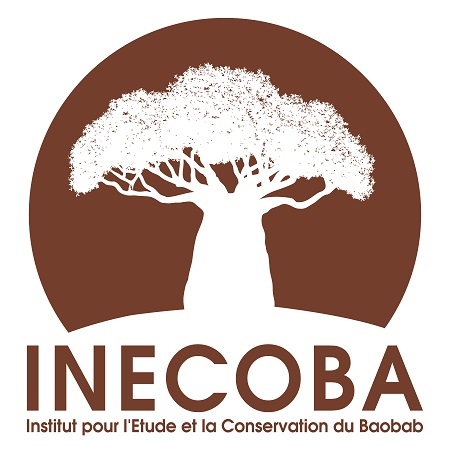G.E. Wickens a publié en 1982 un article de référence sur le baobab intitulé : The Baobab-Africa's upside-down Tree. Kew-Bulletin, 37, 173-209. Après plusieurs publications en botanique, il nous propose en 2008 avec Pat Lowe un livre consacré à toutes les espèces de baobab dans le monde.

This is the only comprehensive account of all eight species in the genus Adansonia. It describes the historical background from the late Roman period to the present. It covers the extraordinary variety of economic uses of baobabs, famous trees, folk traditions and mythology, art associations, life cycle, natural history, cultivation, conservation, distribution and ecology, and phytogeography. There are also appendices on vernacular names, gazetteer, economics, nutrition and forest mensuration.
This book fills a gap in the botanical literature. It deals with a genus that has fascinated and intrigued scientists and lay persons for centuries. It will appeal to scientists and academics as well as tropical horticulturalists, conservationists and general interest readers. It includes all the available scientific information about each of the eight species, and contains a good deal of original research on the history, ethnobotany and biology of the genus. There is even a chapter devoted to areas where further research is required.
Ethnobotanists and nutritionists interested in the use of the baobab’s roots, leaves, flowers and fruit for food (rich in vitamin C, minerals, amino-acids, etc.), Pharmacognosists interested in the tree’s medicinal properties, botanists, zoologists and conservationists concerned with baobabs and their rich flora and fauna associates, Ethnologists interested in the varied legends, myths and folklore of the baobabs, General public who have a genuine fascination of baobabs


